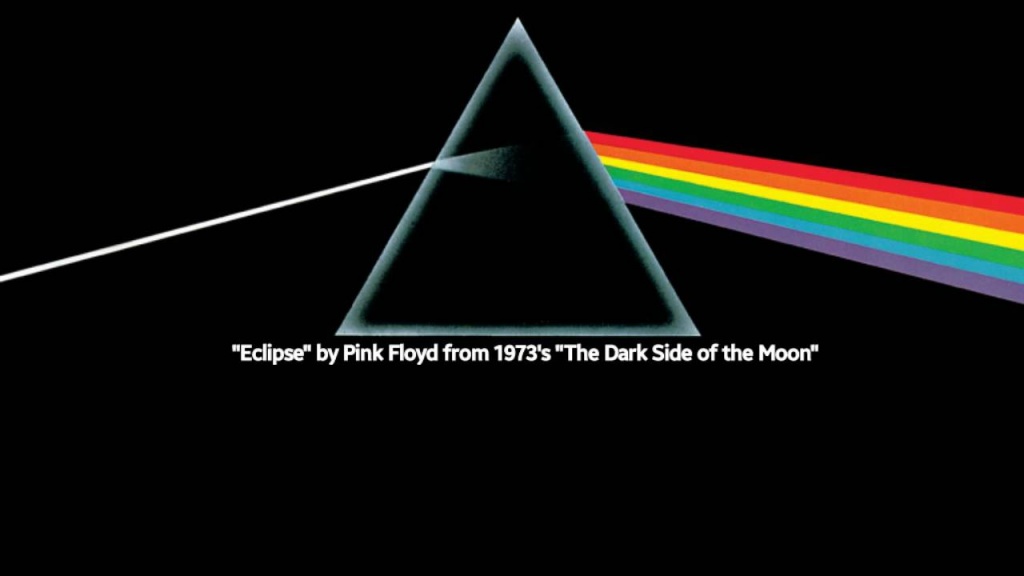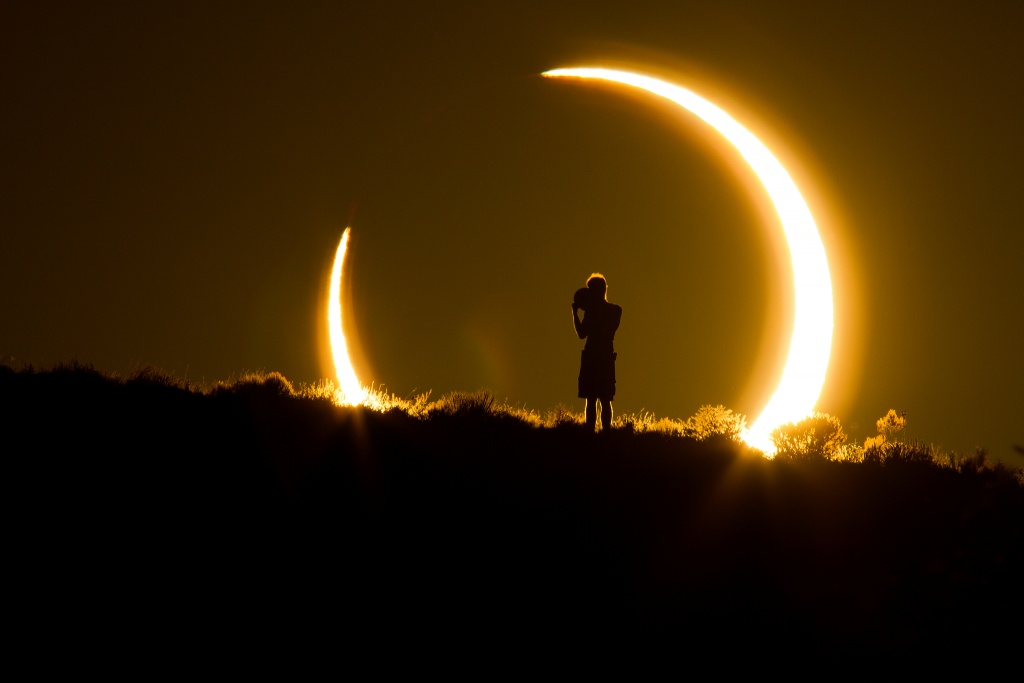 WHAT’S THE PATH ON AUG. 21?
WHAT’S THE PATH ON AUG. 21?
The path of totality will begin near Lincoln City, Oregon, as the lunar shadow makes its way into the U.S. This path will be 60 to 70 miles wide; the closer to the center, the longer the darkness. Totality will cross from Oregon into Idaho, Wyoming, Nebraska, Kansas, Missouri, Illinois, Kentucky, Tennessee, Georgia, North Carolina and, finally, South Carolina. It will also pass over tiny slivers of Montana and Iowa. The eclipse will last longest near Carbondale, Illinois: two minutes and 44 seconds. The biggest cities in the path include Nashville; Columbia and Charleston, South Carolina; Salem, Oregon; Casper, Wyoming; and just partially within, St. Louis and Kansas City, Missouri.
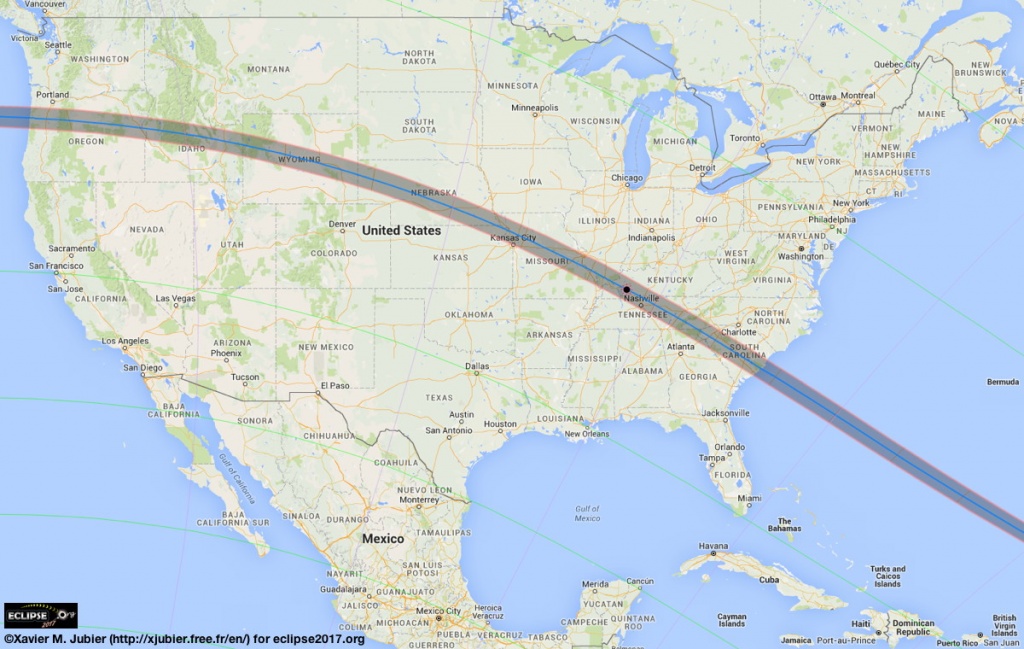
Click here to enter your zip code and see if the path goes over your head.
What on Earth are they doing?
The first known records of humans seeing an eclipse date back more than 3,000 years, but people did not begin to understand that Earth revolved around the sun until the 1600s. The fact that NASA has predicted the time, duration, and exact path of this eclipse shows the some of the regularity of the universe that we have come to understand. Astronomers have predicted other total eclipses for the next 100 years, with the next total solar eclipse visible in North America on April 8, 2024.
The next total solar eclipse is in July of 2019, but it will be better viewed in South America. Here’s a list of solar and lunar eclipses in the future.
Weird stuff people do during eclipses
How often do eclipses happen?
A solar eclipse happens, on average, a couple times a year. The moon passes between the Earth and sun every 29 days, a time we call the “new moon” – when the moon is not visible in Earth’s nighttime sky. However, the moon’s orbit and the sun’s path in our sky don’t match up exactly, so at most of those new moon events, the moon appears above or below the sun.
“A solar eclipse happens, on average, a couple times a year”
Twice a year, there is a period where the moon and the sun line up with Earth – astronomers call this an eclipse season. It lasts about 34 days, long enough for the moon to complete a full orbit (and then some) of the Earth. During each eclipse season, there are at least two eclipses visible from some parts of the Earth. At the full moon, there will be a lunar eclipse, when the moon passes directly behind the Earth, resulting in a darker, reddish-colored moon. And at the new moon, there will be a solar eclipse, when the sun is blocked by the moon.
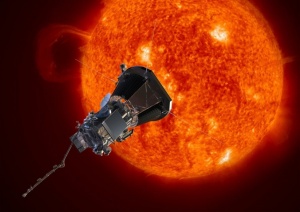 Viewing the eclipse
Viewing the eclipse
There are 3 basic ways you can view the eeclipse.
- Buy the correct glasses
- Build your own viewing box
- Watch live streaming
If you haven’t purchased eclipse viewers yet, we suggest manufacturers or vendors that have been approved by the American Astronomical Society or International Organization for Standardization. Looking at the sun with substandard glasses may cause permanent damage to your eyes.
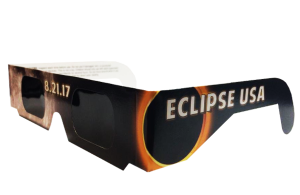
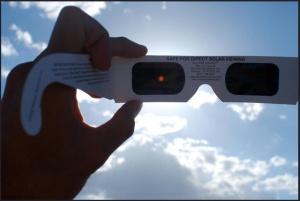 Safety standards for glasses
Safety standards for glasses
When it comes to solar-eclipse glasses and other solar viewers, it’s important to ensure that the product you’re using is safe and effective at blocking harmful radiation from the sun. Just because something looks like suitable eye protection doesn’t mean it’s safe to use. Even if a product is advertised as a solar viewer, it’s important to look for a label that says ISO, which stands for the International Organization for Standardization.
The ISO is an independent organization that writes safety and quality standards for all kinds of things, including eyewear, health care, food production and more based on a broad consensus of the scientific community. If you find eclipse glasses or other solar viewers that aren’t labeled ISO, then they aren’t guaranteed to protect your eyes the way they should.
ISO-approved solar-eclipse glasses must meet certain safety requirements:
- No more than 0.00032 percent of the sun’s light may be transmitted through the filters.
- The filters must be free of any defects, such as scratches, bubbles and dents.
- Handheld viewers must be large enough to cover both eyes.
- Labels on the viewers (or packaging) must include the name of the manufacturer, instructions for safe use and warnings of the dangers of improper use.
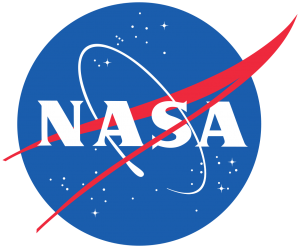
NASA will be live streaming the event – click here.
Build your own viewer out of a shoebox – see how in this video.
Pink Floyd sang about the eclipse phenomena decades ago.
Eclipse (Rodger Waters) 2:04
All that you touch
All that you see
All that you taste
All you feel.
All that you love
All that you hate
All you distrust
All you save.
All that you give
All that you deal
All that you buy,
beg, borrow or steal.
All you create
All you destroy
All that you do
All that you say.
All that you eat
And everyone you meet
All that you slight
And everyone you fight.
All that is now
All that is gone
All that’s to come
and everything under the sun is in tune
but the sun is eclipsed by the moon.
Protect your eyes
